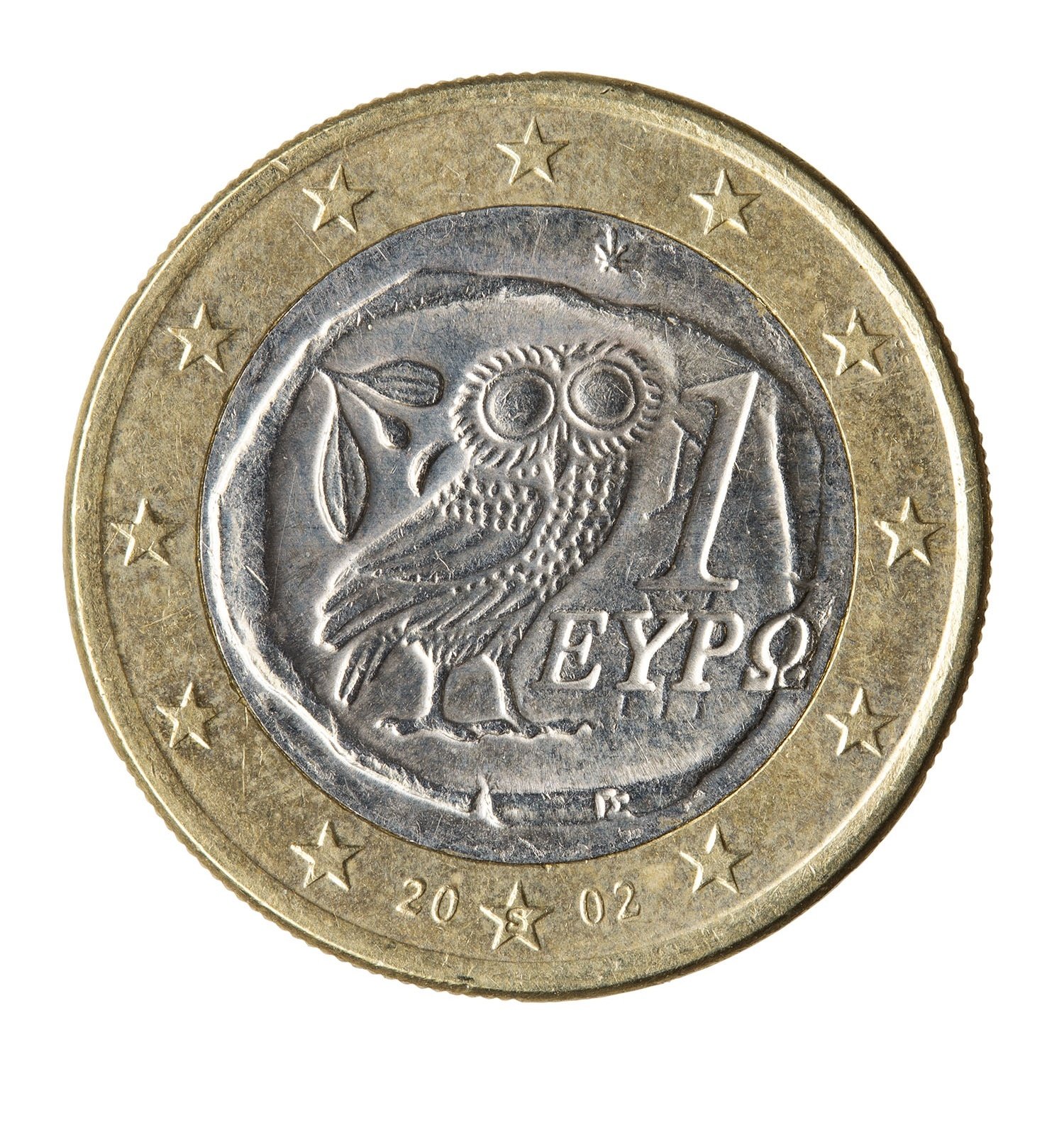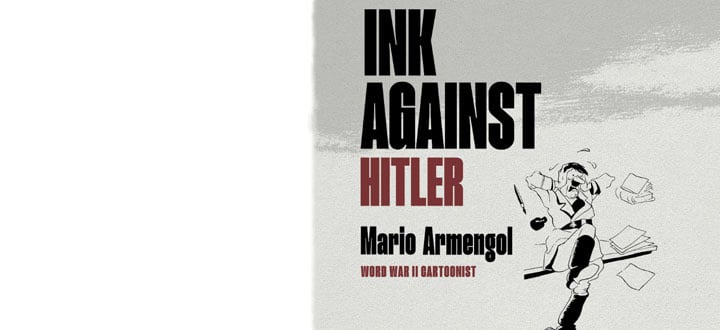XXI Course of Hispanic monetary history: from the drachma to the euro. Systems and monetary unions of West Europe
XXI Course of Hispanic monetary history: from the drachma to the euro. Systems and monetary unions of West Europe
November 29 and 30. Free entry
Free entry
The euro is celebrating! It’s been the common currency for the European Union States that have adhered to their monetary union for the past 15 years. This year, the XXI Course of Hispanic monetary history, goes through the different systems and monetary unions that have happened in West Europe and, particularly, in the Iberian Peninsula.
We start with the introduction of the currency by Greeks, Punic and Romans in the Iberian Peninsula, analyse the Carolingian monetary system diffusion and development during the Middle Ages and by the modern age, retrace the arrival of precious metals and the formation of monetary systems. As a conclusion we reflect on the current state of the euro and its future, after analysing the Latina Monetary Union precedent, created in the middle of the 19th century.
This course is recognized by the Departament d’Ensenyament of the Generalitat de Catalunya as an educational activity for teachers (in process).
PROGRAM
Coordination: Albert Estrada-Rius, Chief conservative of the Gabinet Numismàtic de Catalunya from Museu Nacional d’Art de Catalunya.
Wednesday November 29, from 4 p.m. to 7.30 p.m.
- A few welcoming words by Ferran Tarradellas from Direcció de la Representació de la Comissió and the course presentation by Albert Estrada-Rius, course coordinator.
- La introducción de los sistemas monetarios griego y púnico en la península Ibèrica. Contrastes y relaciones, by Marta Campo, Sociedad Iberoamericana de Estudios Numismáticos, and Bartolomé Mora, Universidad de Málaga.
- Romanización y monetización en Hispania, by Manuel Gozalbes, Museu de Prehistòria de València.
Thursday November 30, from 9.30 a.m. to 2 p.m.
- Du denier de Charlemagne au gros tournois: création et diffusion d’un modèle monétaire, by Marc Bompaire, École pratique des hautes études and Centre Ernest Babelon.
- Il fiorino e il ducato: monete italiane dal Mediterraneo all’Europa, by Lucia Travaini, Università di Milano.
- Del thaler al real de a ocho: el sistema monetario hispánico moderno y su proyección, by José María de Francisco, Universidad Complutense de Madrid.
Thursday November 30, from 4 p.m. to 7.30 p.m.
- La Unión Monetaria Latina y la peseta española, by Miguel Martorell, Universidad Nacional de Educación a Distancia.
- La Unió Monetària i l’euro: passat, present i futur, by Agustí Ulied, ESADE and Team Europe.
- Final debate and closure
The museum gives especial thanks for their support to


Sessions' at: Aula Europa, headquarters of the European institutions in Barcelona. Passeig de Gràcia, 90 (Barcelona).
To access the building you will need to show your DNI (ID) or any other similar document (passport, etc.).
Gabinet Numismàtic de Catalunya T. 93 622 03 60
Monday to Friday, de 9 a 14 h
The matriculation is for free. To attend the course is necessary to reserve place: giving per phone o e-mail your name, surnames, home address, city, postal code, telephone and e-mail.
The museum complies, in all its terms, with Organic Law 15/1999, 13 December, of personal data protection (BOE No. 289, 14 December 1999)













